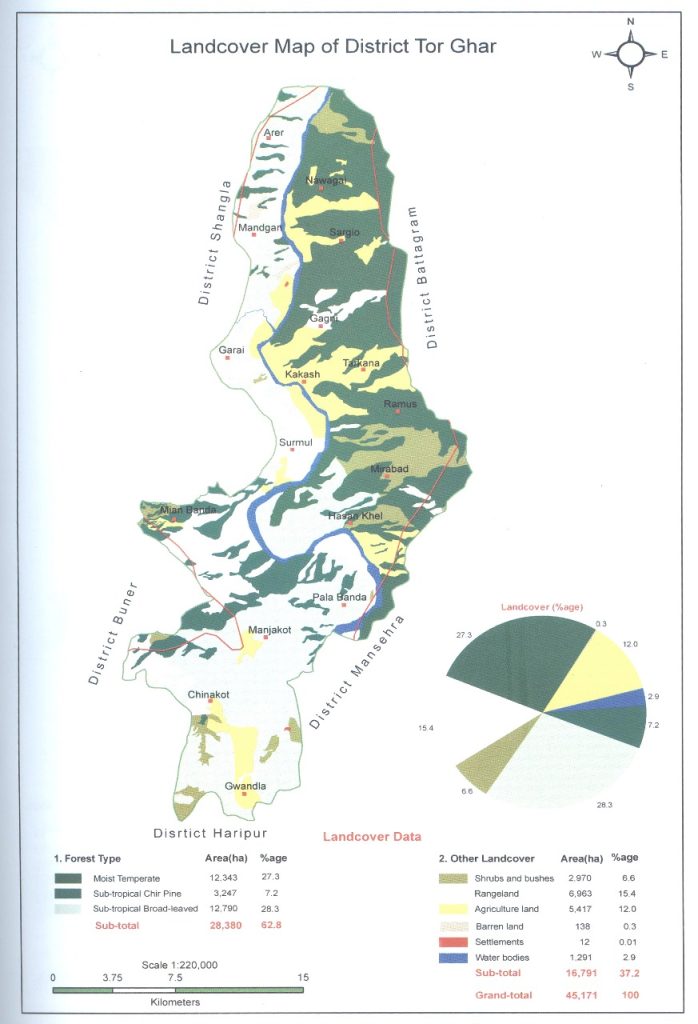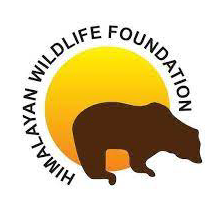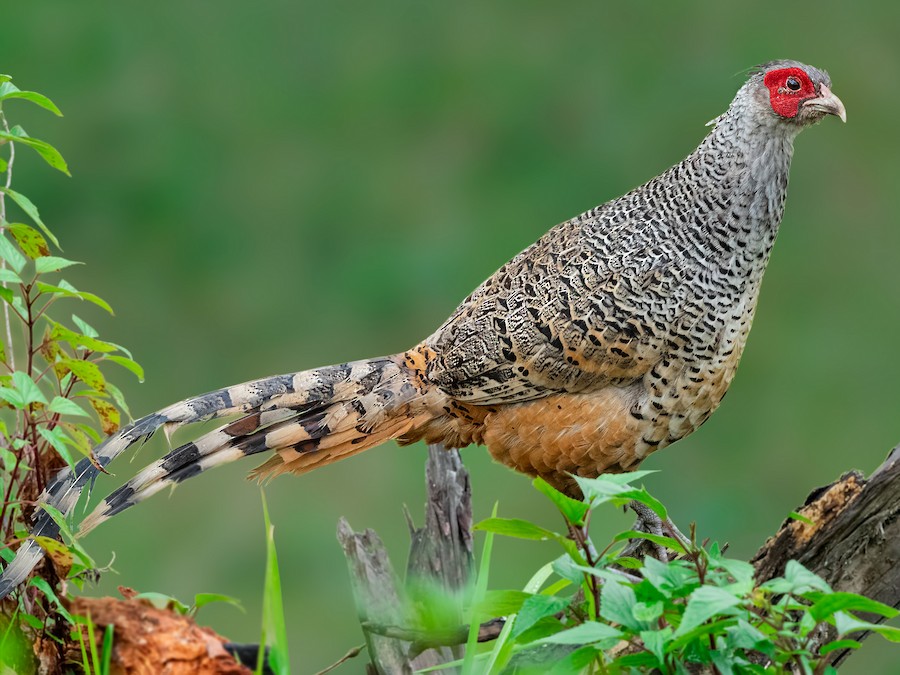The Himalayan Wildlife Foundation, in collaboration with the Nature Clicks Institute and TARAQEE Foundation, is spearheading a groundbreaking initiative for Research to Action interventions in the Torghar Protected Area of Khyber Pakhtunkhwa (KPK).
The Black Mountain (Tor Ghar), is located in the Hazara division of the Khyber Pakhtunkhwa province of Pakistan. Tor Ghar is a Pashto phrase which means Black (Tor) Mountain (Ghar). It is also called Kala Dhaka, which means the same as its Pushto name; in Hindko a local language spoken by the people of Tanawal and Agror which are located on eastern side of Tor Ghar.
Tor Ghar lies to the east of the River Indus from Thakot to Darband. The total length of this mountain is about twenty-five to thirty miles and its average height about 8,000 feet (2,400 m) feet above sea level. High altitude mountains are covered with blue pine forests which are described as Himalayan moist temperate and are the best habitats of wild birds and animals. These forests are dominated by Blue Pine, Fir and Spruce trees.
Nestled in the rugged terrains, this area boasts a rich ecological and cultural heritage. Historically significant and ecologically vibrant, Torghar faces dire threats from unregulated timber extraction, rampant hunting, and mining. To safeguard its diverse flora and fauna, which includes blue pine forests and endangered wildlife witnessed included the near extinct Cheer pheasant, Kashmir Grey langur (Hanuman Langoor), Grey Goral, Koklass pheasants, and medicinal herbs that are high in demand globally, a comprehensive conservation initiative with the collaboration of Local tribes, Nomadic tribesmen, Forest department, wildlife department is being proposed. This initiative will focus on enforcing strict protection measures, promoting community engagement, and fostering sustainable practices among the local tribes to ensure the long-term preservation and appreciation of Torghar’s natural and cultural assets.











